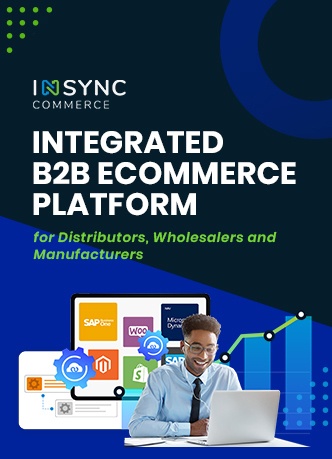In the world of shopping carts, all platforms have their own set of positive and negative attributes. Some would disappoint you on feature limitations while some on maintenance. However since the last few years Magento has been leading the pack of self-hosted shopping carts. Magento’s rich features and flexibility owing to being open-source has created a benchmark in the ecommerce ecosystem.
WooCommerce on the other hand is an open source ecommerce extension of the popular WordPress platform which is steadily growing momentum. Magento Community Edition and WooCommerce are both free and open source. Although not considered a threat to Magento, WooCommerce has successfully wooed a lot of merchants.
Here goes a brief comparison between Magento Community and WooCommerce which will guide you in deciding which will serve your requirements best.
Hosting
Hosting is always a primary area of concern for business owners. Contrary to a popular belief Magento does not require a lot of server sources. A basic Magento installation can run smoothly even if the system meets the minimum requirement of 256MB memory allocation.
WooCommerce being an extension of WordPress does not have any specific system requirement. Having WordPress in the backend makes its requirements very standard.
Considering extreme conditions like having tens of thousands of products and thousands of orders per day both Magento and WooCommerce would require powerful server configuration to handle the massive load. But Magento would any day be a better option if you deal in such numbers as there are several defined practices and methods to cope such business scenarios. WooCommerce on the other hand would become slower with such numbers and task to overcome that can be daunting.

Features
Here are a list of features that come out of the box in Magento and WooCommerce. The ones that are available in one and missing in another can be catered through the available plug-ins in the respective marketplaces of the two platforms.
Magento –
• Multiple store views and websites: This is a unique feature of Magento allowing you to put up multiple stores under the same domain from a single backend. As per your requirement you can set up the stores based on localizations. Also you can have separate websites under one Magento installation. Magneto’s powerful Admin features facilitate easy managing of multiple websites from a single backend.
• Selling tools: Options for cross selling and upselling come out of the box in Magento which allow to increase you AOV. Also features like discount coupons, product comparisons, customer group based pricing etc. gives you the ability to sell your products your way.
• Advanced Navigation: Your Magento store will allow your customers to filter product listings on the criteria they prefer, which can be price range, color, brand, size etc.
• Extensions and Themes: There are thousands of free themes for Magento Community Edition in the market which you can tweak and personalize and implement on your store. Also you can go to theme marketplaces like themeforest.net and get themes of premium quality yet inexpensive. In case you require extra functionalities there are extensions available in the Magento Marketplace that can cater almost any requirement you can think off.
WooCommerce –
• Product Ratings: WooCommerce comes with a product rating system out of the box that will allow users to give reviews on products while you can define discounts that you may wish to give to the reviewers. This feature if used properly can increase customer engagement.
• Advanced Navigation: Just like Magento WooCommerce also has layered navigation. But unlike Magento, WooCommerce only allows selecting a single attribute for filtering.
• Affiliate products: Through WooCommerce you can sell your affiliate products. It allows you to list products as if they were your own.
• Widgets: Owing to the WordPress backend adding widgets for best sellers , featured products, products on sale are easy.
So after going through all the features you might now be feeling that we have compared two ecommerce platforms of completely different genres. Yes they are different, but in a way they complement each other. WooCommerce can become your companion at beginning of your eCommerce adventure, but Magento will be your ultimate solution. It doesn’t mean that WooCommerce won’t give you a professional online store, but in time you might want the extra functionality Magento offers you. Finally, you will be the one who will have to weight the requirements and decide on the platform that caters them the best.
You may also like:
WooCommerce : What makes it an excellent choice
How to setup your ecommerce store using Woocommerce – A Beginner’s Guide
How to Integrate WooCommerce with Square POS














